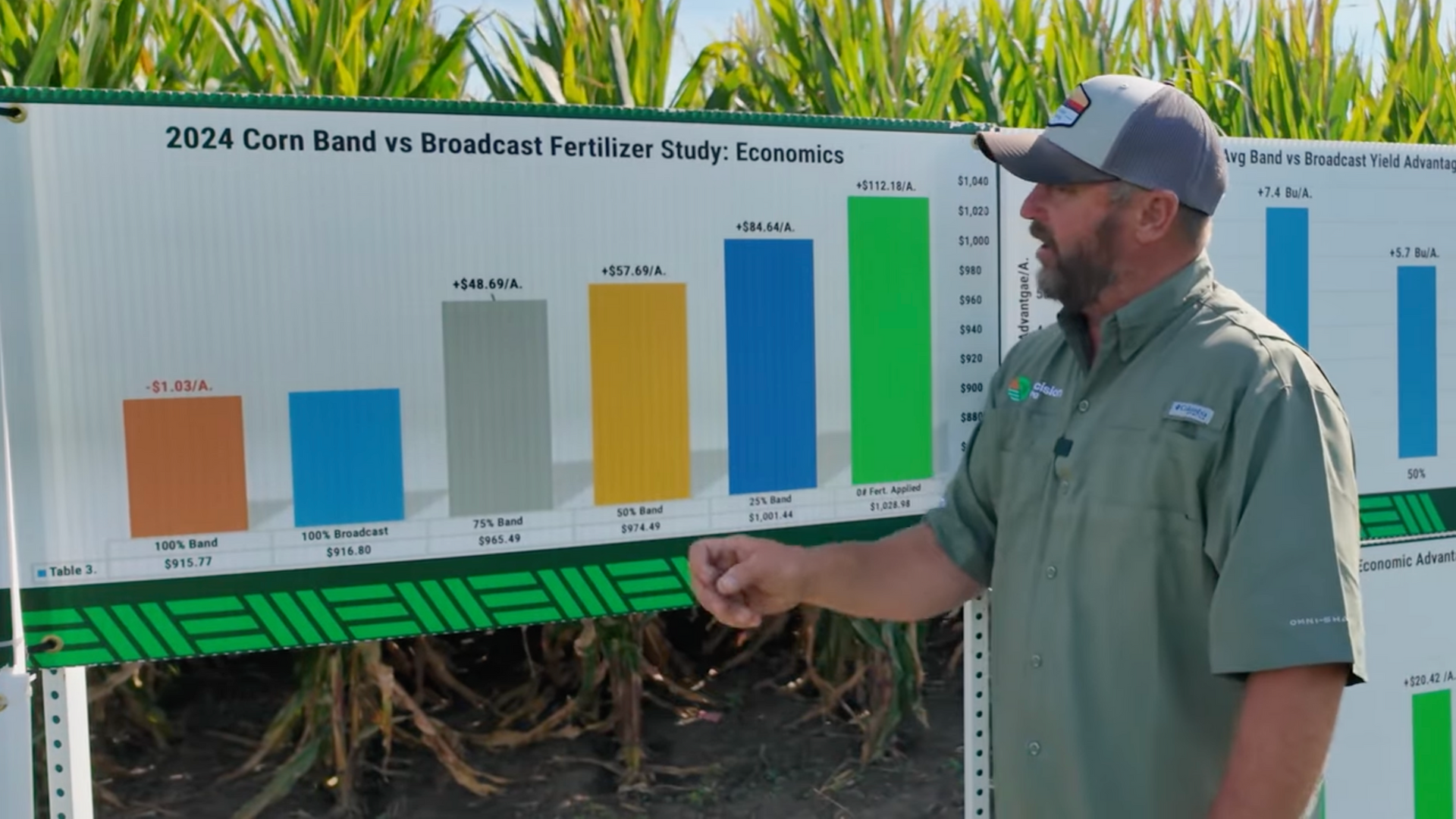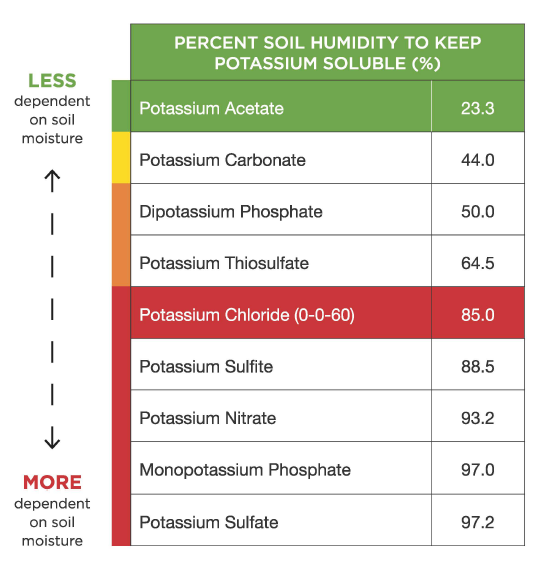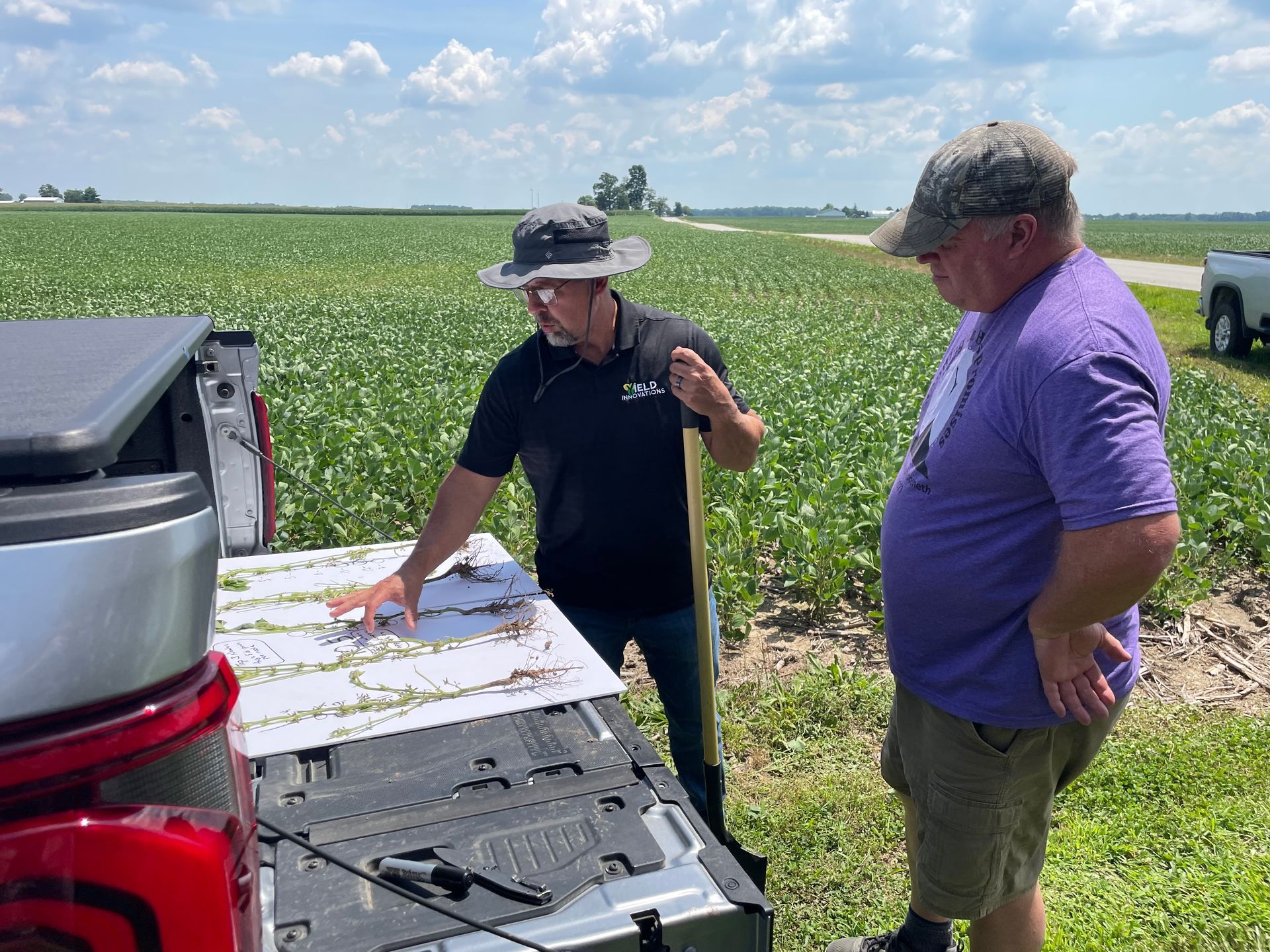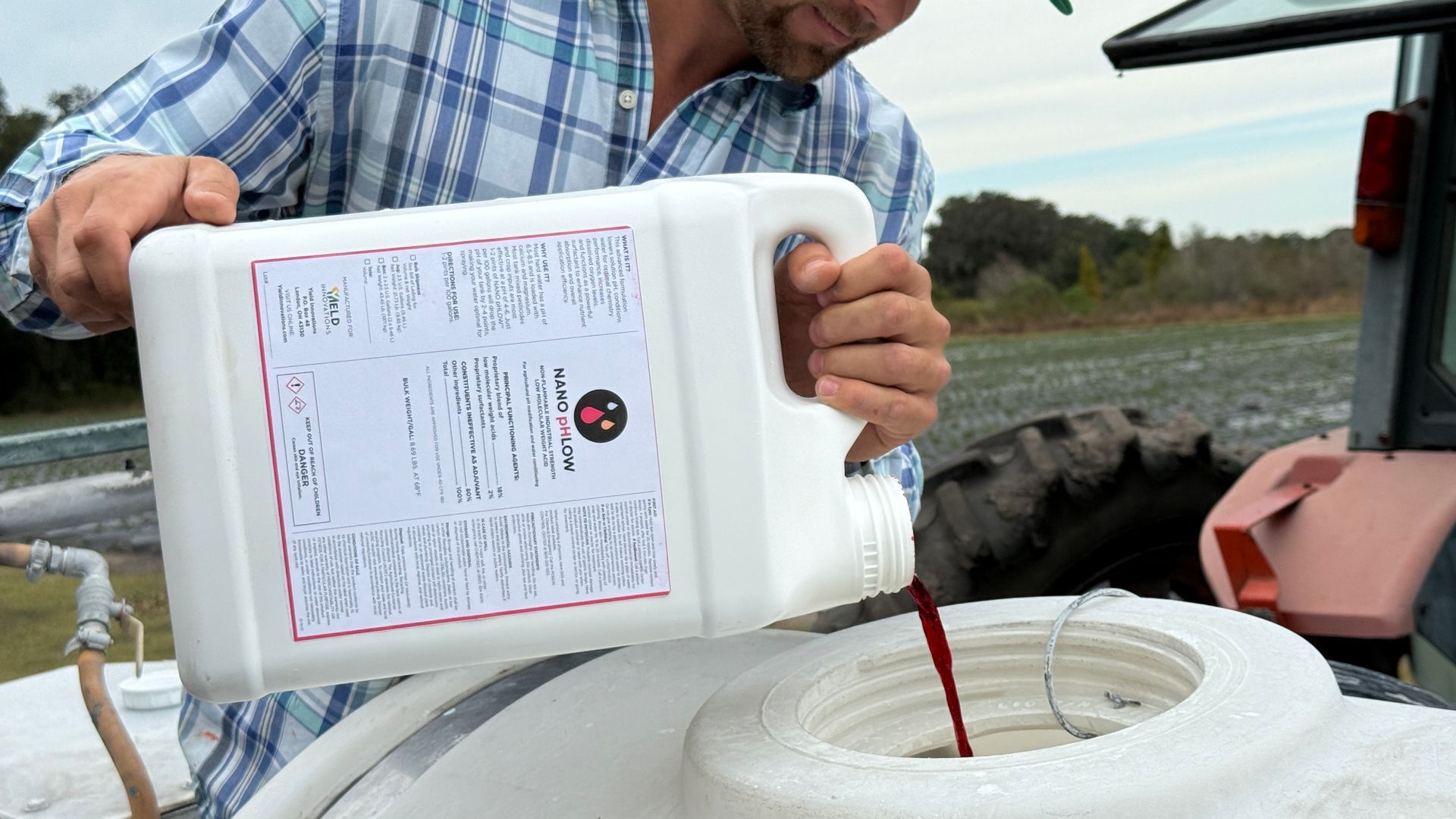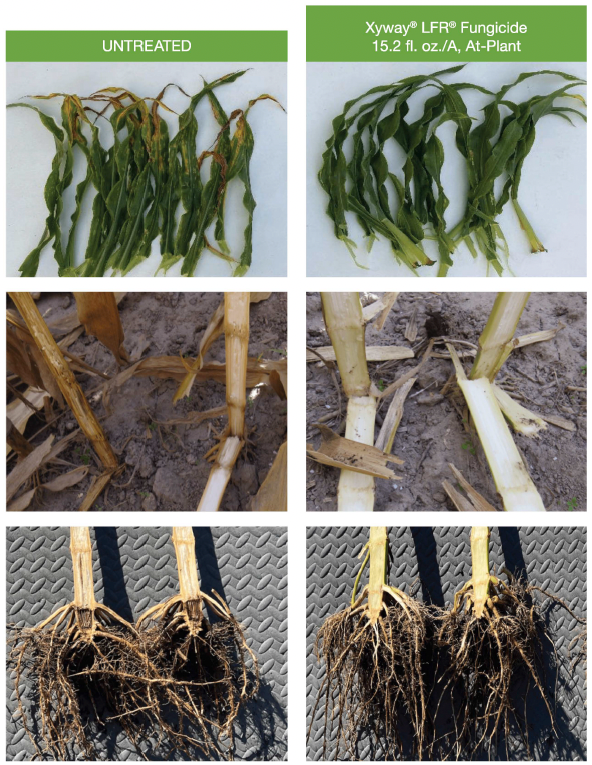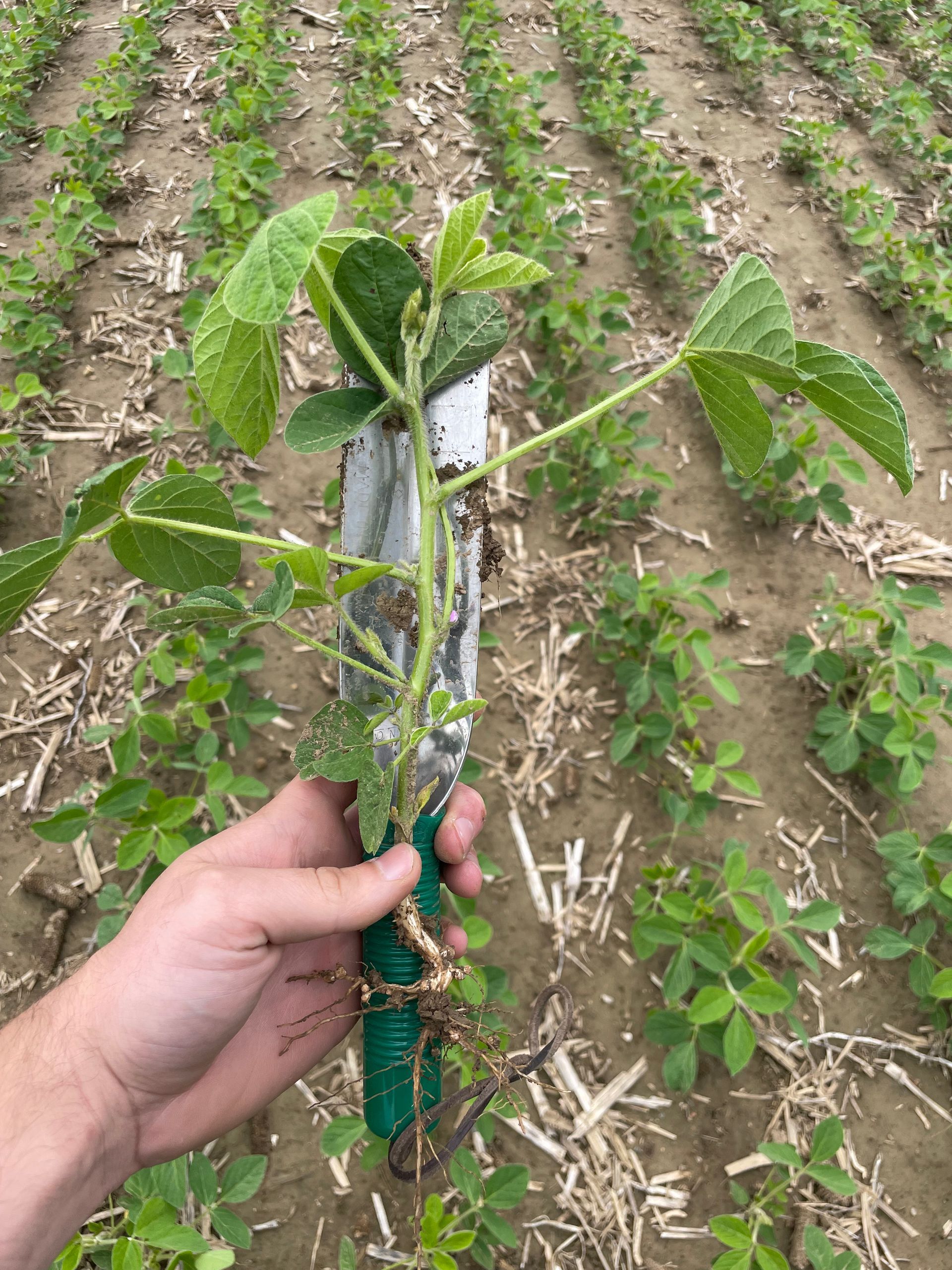When it comes to phosphorus fertility, the source matters and not all phosphorus is created equal. Whether you’re applying it in-furrow, 2×2, or through foliar treatments, knowing the difference between orthophosphate and polyphosphate can make a measurable difference in nutrient availability and crop response.
Orthophosphate: Instant Availability
Orthophosphate is the form of phosphorus that is immediately available to the plant at the time of application. There’s no conversion required; it’s ready when your crop is.
- 100% plant-available
- Ideal for starter applications and early root development
- Derived from phosphoric acid (check your label!)
Polyphosphate: Delayed Release
Polyphosphate is a condensed form of phosphorus that must convert to orthophosphate before it becomes available to the plant. That conversion can take time and it depends on external conditions like soil moisture and microbial activity.
- Delayed plant availability
- Potential variability based on environmental conditions
- Commonly derived from ammonium polyphosphate
What Really Matters: Solubility and Source
Don’t be fooled by just the N-P-K analysis. The “derived from” section on your label tells the real story. Solubility is directly tied to availability. A product with 100% polyphosphate may look good on paper but won’t perform like a product with more orthophosphate content.
- Phosphoric Acid = Orthophosphate
- Ammonium Polyphosphate = Polyphosphate
Know your source. Read your labels. Push your yields with purpose.
Related Articles
Related Articles

